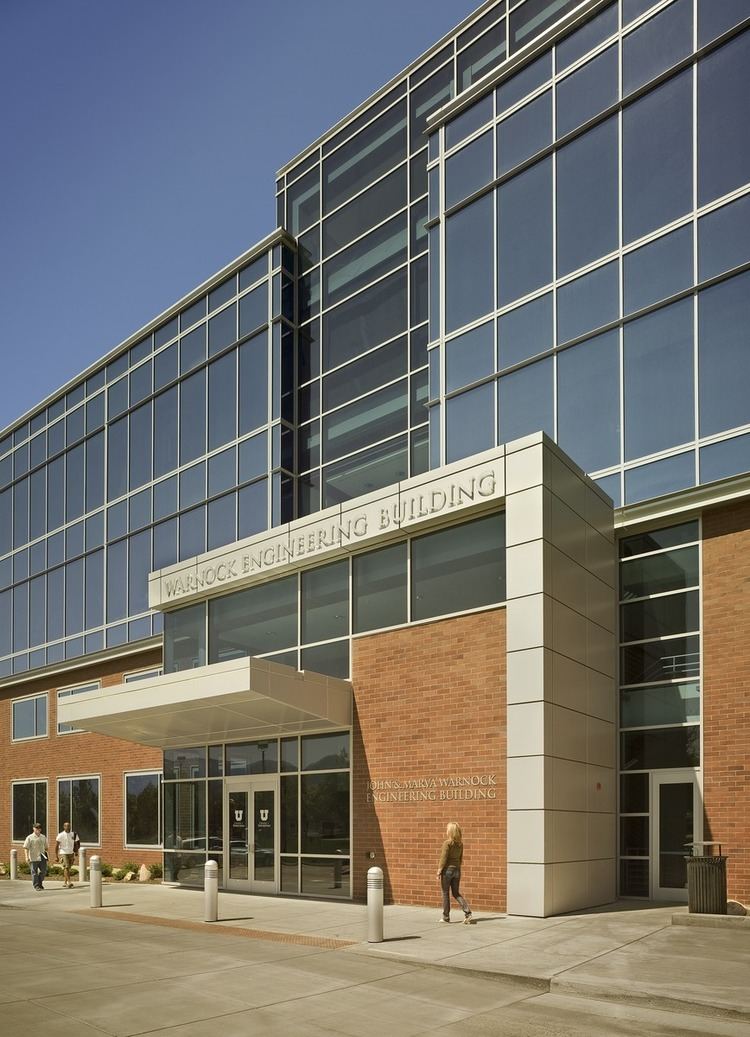Established 1994 Location Salt Lake City, Utah Phone +1 801-585-1867 | Founder Christopher R. Johnson | |
 | ||
Affiliations University of Utah School of ComputingUniversity of Utah School of MedicineUniversity of Utah College of Engineering Address The University of Utah, 72 Central Campus Dr, Salt Lake City, UT 84112, USA Hours Open today · 7AM–5PMFriday7AM–5PMSaturdayClosedSundayClosedMonday7AM–5PMTuesday7AM–5PMWednesday7AM–5PMThursday7AM–5PMSuggest an edit Similar The University of Utah, University of Utah School of, Warnock Engineeri Building, Chartwells Dining Services, University of Utah Departme Profiles | ||
University of utah scientific computing and imaging institute chooses qumulo
The Scientific Computing and Imaging (SCI) Institute is one of eight permanent research institutes at the University of Utah. Faculty are associated primarily with the School of Computing, Department of Bioengineering, Department of Mathematics, and Department of Electrical and Computer Engineering. Research focuses include the development of new scientific computing techniques, tools, and systems with applications to various fields, including high performance computing, scientific visualization, image analysis, computational biology, data science, and graphics.
Contents
- University of utah scientific computing and imaging institute chooses qumulo
- History
- Research
- Associated research centers
- Open source software releases
- References
History
The Scientific Computing and Imaging Institute began as a research group started in 1992 by Dr. Chris Johnson and Dr. Rob MacLeod. In 1994 this group became the Center for Scientific Computing and Imaging, and in 2000 the name was changed to the Scientific Computing and Imaging (SCI) Institute. In 2007, the SCI Institute was awarded funding from USTAR to recruit more faculty in medical imaging technology. In 2008, the SCI Institute was chosen as one of three NVIDIA Centers of Excellence in the U.S. (University of Illinois and Harvard University are the other two NVIDIA Centers). In 2011, USTAR funding allowed faculty recruitment for genomic signal processing and information visualization.
Research
Over the past decade, the SCI Institute has established itself as an internationally recognized leader in visualization, scientific computing, and image analysis applied to a broad range of application domains. The overarching research objective is to conduct application-driven research in the creation of new scientific computing techniques, tools, and systems. Given the proximity and availability of research conducted at the University of Utah School of Medicine, an important application focus is medicine. SCI Institute researchers also apply computational techniques to particular scientific and engineering sub-specialties, such as fluid dynamics, biomechanics, electrophysiology, bioelectric fields, uncertainty visualization, parallel computing, inverse problems, and neuroimaging.
The SCI Institute is known for its development of innovative and robust software packages, including the SCIRun scientific problem solving environment, Seg3D, ImageVis3D, VisTrails, ViSUS, and map3d. All these packages are broadly available to the scientific community under open source licensing and supported by web pages, documentation, and users groups.
Associated research centers
The SCI Institute houses the NIH/NCRR Center for Integrative Biomedical Computing (CIBC) and is associated with several other national research centers:
Open source software releases
Besides research in the areas mentioned above, a particular focus of SCI has been to develop innovative and robust software packages, and release them as open-source software. The latest releases and source code lives on Github. Examples:
